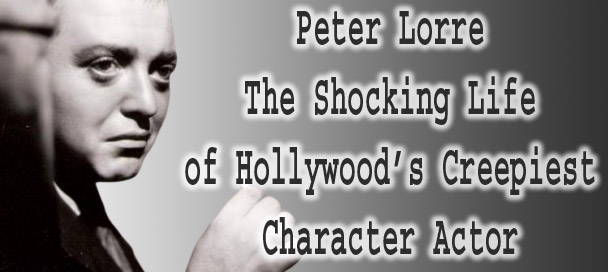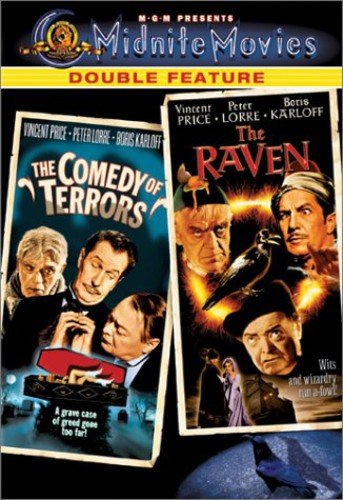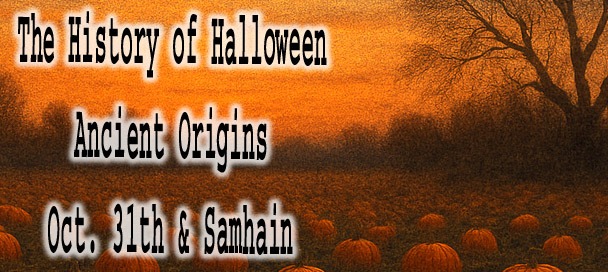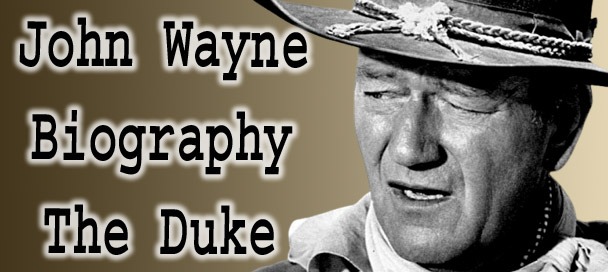🕵️ Peter Lorre: The Face of Fear in a Soft, Unsettling Whisper

Peter Lorre in his signature sinister stare
Peter Lorre didn’t need to raise his voice to chill an audience. With sunken eyes, a nervous smile, and a voice that sounded like it was always hiding something, he became one of Hollywood’s most unforgettable figures.
Peter Lorre (1904-1964) was a Hungarian-born actor whose soft voice, haunted eyes, and uncanny nuance made him one of Hollywood’s most unforgettable weirdos. He startled Europe first in M (1931) and later in the U.S. made every small sinister role feel like its own performance. Directors like Fritz Lang, Alfred Hitchcock, John Huston saw in him a rare gift: fear mixed with empathy. He never tried to be leading man handsome, yet he became a hero of the shadow world. Even after death, his tremors voice, posture, rupture of ordinary life by dread echo in every horror, noir, and outsider performance.
He started in Europe, stealing scenes in M (1931), where he played a serial killer with such nuance and torment that it stunned critics and typecast him for years.
Once he arrived in Hollywood, directors like Alfred Hitchcock and John Huston saw what German cinema already knew: Lorre could make your skin crawl with just a glance. He wasn't just playing villains he was redefining them.
Though often cast as the outsider, the weirdo, or the villain, Lorre brought empathy to even his darkest roles. You feared him, but you also felt for him. That’s what made him so magnetic.
He made fear feel plausible: not monstrous, but human—and that’s what made it linger.
👶 Early Life
Peter Lorre was born László Löwenstein on June 26, 1904, in Rózsahegy, Hungary (now part of Slovakia), to a Jewish family. His early years weren’t easy his mother died when he was still young, and his relationship with his strict father was strained at best. He found escape in the theater, drawn to the stage from an early age, though it wasn’t exactly the career path his family wanted for him.
After finishing school, he worked as a bank clerk by day and studied acting in Vienna by night, eventually landing roles in Berlin’s thriving experimental theater scene. There, he crossed paths with German playwright Bertolt Brecht and director Fritz Lang two figures who would help launch his film career.
Changing his name to Peter Lorre, he adopted the persona that would become his trademark: soft-spoken, expressive, and perpetually uneasy. His unique look and voice set him apart in a world full of clean-cut leading men.
By his mid-20s, Lorre was already drawing attention for his performances on stage. But it was one terrifying, career-defining film that would push him into the spotlight and make audiences across Europe shudder at the mention of his name.
Explore the Biographies of Iconic Celebrities
🎬 Film and TV Career
Peter Lorre’s breakout role in Fritz Lang’s M (1931) changed everything not just for him, but for cinema itself. As the child murderer haunted by his own compulsions, Lorre delivered a performance so raw, so painfully human, that it rewrote the rules of what a villain could be. It also made him famous and typecast him nearly overnight.
When the Nazi regime rose to power, Lorre being Jewish fled Germany, eventually making his way to Hollywood. It didn’t take long before American directors realized what Lang had seen: Lorre could steal a scene with a whisper. His U.S. debut came under Alfred Hitchcock in The Man Who Knew Too Much (1934), playing the mysterious Abbott. He didn’t speak English yet he learned his lines phonetically and still left audiences rattled.
Soon after, he signed with Warner Bros. and became a regular in their noir and suspense lineups. In Mad Love (1935), he played the deranged Dr. Gogol. In Crime and Punishment (1935), he tackled Dostoyevsky’s tormented Raskolnikov. And in Stranger on the Third Floor (1940) often called the first true film noir he brought his signature unease to the screen without uttering a single line.
He joined forces with horror royalty when he starred alongside Boris Karloff in You'll Find Out (1940) and The Boogie Man Will Get You (1942), then teamed up again in The Raven (1963), this time with both Boris Karloff and Vincent Price, creating a deliciously macabre trio. Their chemistry would continue in Comedy of Terrors (1963) and The Haunted Palace (1963), where Lorre’s dry wit and off-kilter timing played perfectly against Price’s theatrical grandeur.
And then, of course, there was Casablanca (1942). Lorre played the slippery Ugarte small part, unforgettable performance. Just one of many roles where he made the most of limited screen time. He’d work again with Humphrey Bogart in The Maltese Falcon (1941) as the sniveling Joel Cairo and in All Through the Night (1942), joining a lineup that also included Conrad Veidt and Kaaren Verne (his future wife).
In the 1950s, Lorre moved into directing with Der Verlorene (1951), a German film about a guilt-ridden Nazi scientist his only directorial effort, and one that mirrored his own internal struggles.
Later, he leaned into horror-comedy and self-parody, often working with Roger Corman and co-starring in tongue-in-cheek films like Muscle Beach Party (1964) and The Raven. He also voiced a version of himself in The Beatniks and was a direct influence on Looney Tunes characters and even James Bond villains.
Peter Lorre’s voice, face, and posture became so iconic, he stopped needing to act scary he just had to show up. And when he did, no one else on screen mattered.
🦴 The Comedy of Terrors / The Raven – Midnite Movies Double Feature
Peter Lorre delivers both menace and mischief in this cult classic double feature from the legendary Roger Corman. Paired with horror giants Vincent Price and Boris Karloff, Lorre gets to show off his full range comic timing, creepy charm, and that unmistakable, unnerving presence.

Two horror-comedy gems with Lorre, Price, and Karloff in top form.
In The Raven (1963), inspired very loosely by Edgar Allan Poe, Peter Lorre plays Dr. Bedlo, a bumbling sorcerer cursed to live as a bird until he teams up with Vincent Price to duel the sinister sorcerer played by Karloff. It's gothic horror filtered through slapstick, magic duels, and rubbery transformations with Lorre’s sarcastic delivery stealing every scene.
The Comedy of Terrors (1963) brings the trio together again, with Lorre as an undertaker’s assistant caught in a series of grave-robbing schemes, mistaken deaths, and one very lively corpse. Add Basil Rathbone to the mix and you’ve got a film that’s as morbid as it is hilarious.
These films capture that rare moment in horror where legends didn’t just scare you they made you laugh nervously, then shiver. Lorre, near the end of his career, delivers two standout performances that showcase why he’s still imitated today.
This Midnite Movies edition includes both films in widescreen with sharp transfers, ideal for fans of classic horror-comedy and legendary ensemble casts.
🛒 Buy The Comedy of Terrors / The Raven – Midnite Movies Edition 🦴
🕊️ Later Years
By the 1950s, Peter Lorre’s on-screen persona was well established but off-screen, life was more complicated. Health problems, a morphine addiction he developed during earlier surgeries, and a constant battle with being typecast wore on him. Though he never stopped working, the roles were often smaller, more comedic, and less challenging than the ones that had made him famous.
He still managed to find new audiences. Younger viewers knew him from his appearances on shows like What's My Line? and from his work with Vincent Price in Roger Corman’s horror-comedies, where he leaned into his creepy charm with self-awareness and a wink. Films like The Raven and Comedy of Terrors gave him space to playfully spoof his own legacy laughing at the shadow he’d once cast across cinema.
Though no longer headlining major studio films, Lorre worked steadily. He had a memorable supporting role in Voyage to the Bottom of the Sea (1961), and was a familiar face in anthology series and B-movie gems. His body might’ve slowed down, but his presence remained magnetic.
Peter Lorre passed away on March 23, 1964, from a stroke at the age of 59. Though his final years were quieter, his influence never faded. He was never a traditional leading man, but he carved a space in Hollywood that no one else could fill and no one’s ever truly replaced him.
🏆 Legacy
Peter Lorre didn’t need big speeches or monster makeup to scare you he did it with a look, a pause, a half-smile that hinted at something terrible just beneath the surface. He created a type, and to this day, actors, animators, and directors are still borrowing from it.
He helped define the early language of suspense and horror, not just through what he said, but how he existed on screen. Without Lorre, there's no Gollum, no Renfield with that twitchy whisper, no Looney Tunes caricature of the soft-voiced madman. Even Bond villains owe him something his character in The Man Who Knew Too Much set the mold for quiet, polite danger.
He worked with legends Humphrey Bogart, Vincent Price, Boris Karloff, Alfred Hitchcock, Fritz Lang, and John Huston and still managed to stand out among them. He was rarely the lead, but he was always the one you remembered.
Lorre became a kind of cultural shorthand for unease. His voice and image have been referenced in The Simpsons, Batman: The Animated Series, and even music videos and video games. You don’t need to name him just an impression of that voice, and everyone knows.
He didn’t chase stardom, and he didn’t fit the mold. And that’s exactly why his legacy lasts. Peter Lorre wasn’t the monster. He was the man who made you uneasy about what the monster might look like.
🗣️ Why They Still Matter
Peter Lorre still matters because he showed what happens when we let the outsider in, not as villain, or freak, but as mirror. His voice seeded unease, his silences held menace, and his complexity changed what a villain could do. Every nervous glance in film, every twitch in horror or voice work, carries a piece of Lorre’s legacy.
Further Reading & Resources
📖 Read: Peter Lorre – Biography on Britannica
📰 Read: Peter Lorre: Master of the Macabre – The Guardian

ML Lamp is the owner of Kilroy Was Here. After his 20 years of working in Las Vegas in the entertainment promotions field, Mr. Lamp retired in 2002 from his job to pursue his passion for collectibles. Now as a guest speaker and author he’s living the dream, and sharing his warmth with You.





